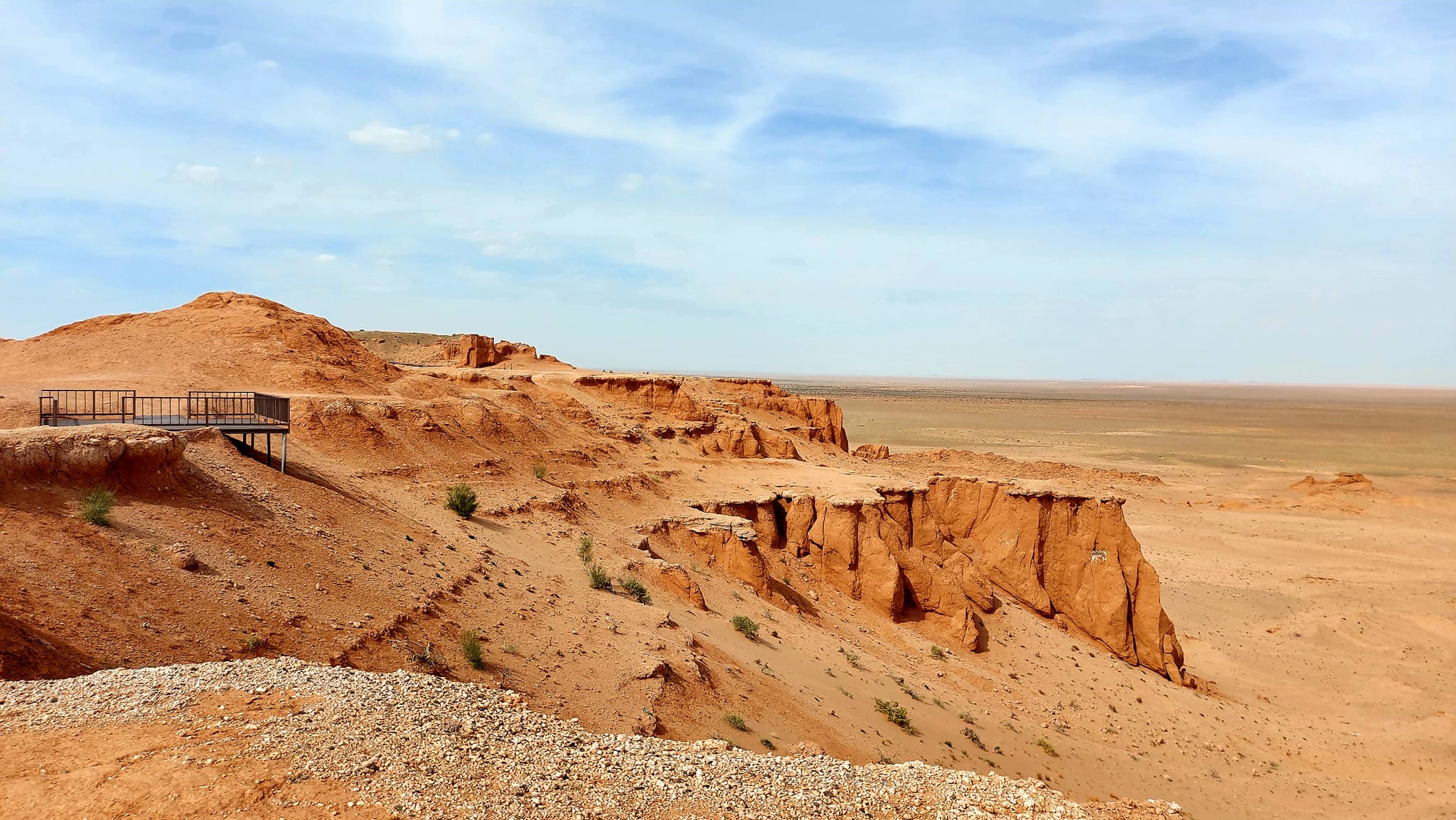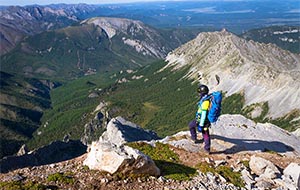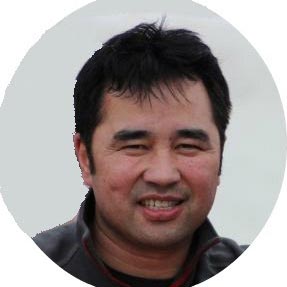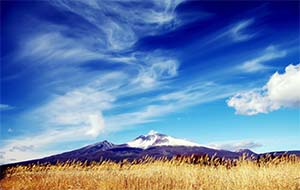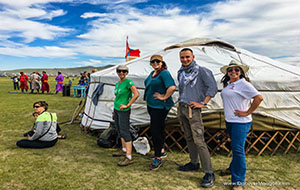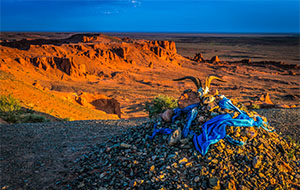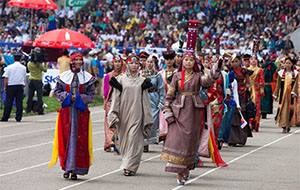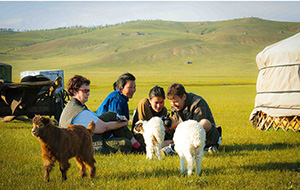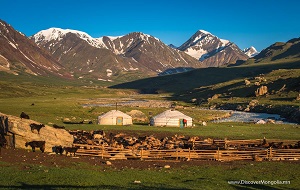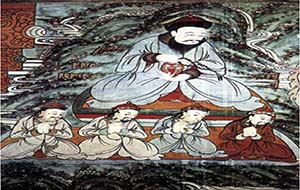My first tour group had 11 Australians, ranging in age from 66 to 91. One couple was from Italy, one lady was from Japan, and the others were from different countries. We'd been in Ulaanbaatar for two days, enjoying the Naadam celebration and saw horseback riding. Then we visited Terelj National Park, which has stunning natural landscapes, rock formations, and a diverse flora and fauna. On the fourth day, we traveled to the South Gobi to witness the grandeur of the Gobi Desert. In 1922, Roy Chapman Andrews discovered the first dinosaur eggs at Bayanzag, commonly known as the Flaming Cliffs. We had arrived just as the sun was setting, and it looked so wonderful and gorgeous that I thought I was on another planet. I just admired the location's uniqueness, and for the first time seeing numerous stars and milky ways, I felt as if I were closer to Heaven.
The next day, we traveled to Khongor Sand Dunes, Mongolia's largest sand dune, which may reach a height of 200 meters in certain spots. Even though I wasn't sure I could ascend that top, I urged my group to do so. I and several other visitors made it to the top and felt very accomplished for overcoming the obstacle of long sand trekking. When I arrived, I heard singing, which was a very unusual sound and may have been God's whisper. That is why Mongolians refer to it as the Singing Dune. I felt incredibly emancipated and calm when I felt the breeze and sun. This procedure was soothing and calming me down, I realized. We spent four days in the South Gobi and saw Eagle Valley, also known as Yolin Am, with its stunning high-elevation gorges and spectacular canyons. Then we drove to my mother's hometown in the Middle Gobi. Like the South Gobi, the Middle Gobi is a one-of-a-kind oasis. To be honest, as a tour guide since 2012, I have never visited my mother's local places, such as the White Stupa, the Rock Mountains, and so on. Tsagaan Suvarga is the name of the white stupa. This scarp resembles a white stupa on the water floor. This 400-meter-long, 60-meter-tall scarp has a 90-degree brink. I had no idea my mother and her relatives lived in such a lovely setting. I felt linked to my ancestors, who were reassuring me that "everything will be fine." Our subsequent excursions took us to Uvurkhangai, Arkhangai, and Bulgan, where we saw many rivers and lovely mountains covered in woods. Not only that, but we've visited several archeological sites, like the Kharkhorin ruins, monuments to Bilge Khaan and Kul-Tegin, and so on.
The final intriguing location was Khuvsgul in Mongolia's northwestern area. Khuvsgul Aimag was named after Lake Khuvsgul, one of Mongolia's biggest lakes. Khuvsgul is not the same as the South Gobi. The lake and its surroundings were breathtaking and a wonder for us. We've stayed here for two days. I got up early one morning because I really wanted to see the sun rise. I climbed the hill to see the lake's splendor. Mother Earth seemed to be telling me that I could overcome my loss and anguish. I finally gave up holding back my tears and trying to be a tough and broke into sobs. I felt so much better and relieved from my pain. Our tour concluded with a return flight to UB. After traveling with them for a long period of time, I felt as if they were my family. I've learned a lot from them, and all I want to do is live longer and be happier like them.
I discovered that nature cures me and charges me with positivity. I believe that life is a lovely adventure. I am grateful to my family and friends who encouraged and supported me to travel. I could turn my adversity into an adventure by travelling. People say that time heals, but I believe that travel heals more. When you travel and discover Mongolia, I guarantee you will feel the same way I do.









